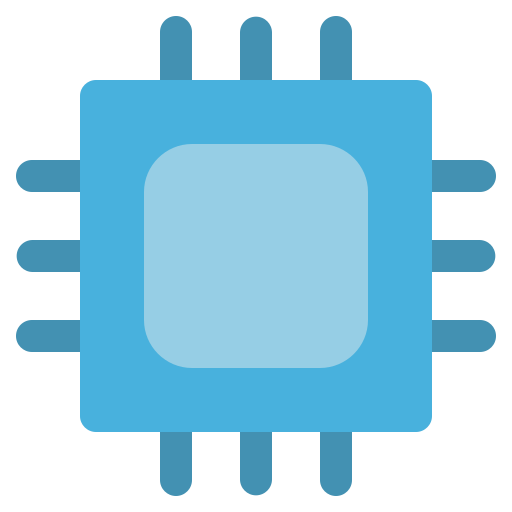

Es ist vollkommen richtig und wichtig erst einmal nicht vom schlimmsten auszugehen. Was die Person zuvor aufgezählt hatte, waren jedoch bestenfalls nur billige Ausreden. Es kann durchaus sein, dass der Mann aus gutem Grund nicht Herr seiner Sinne war.











Maybe you could try and rally them under some kind of banner.